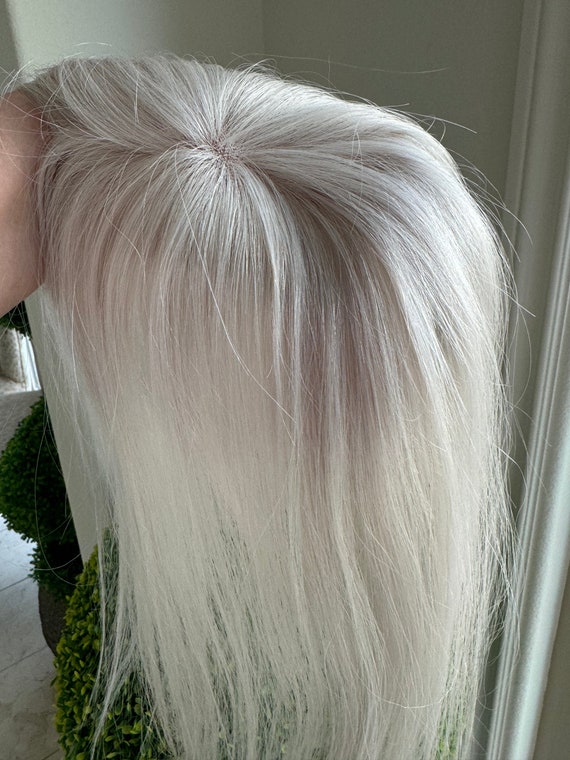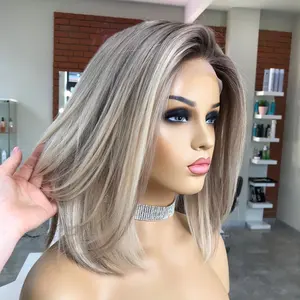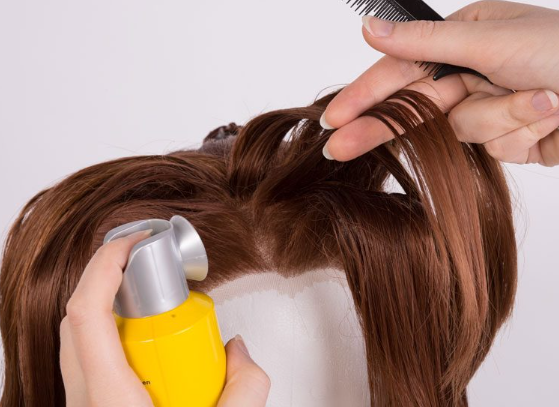
Trends in Wig Design
Natural Look: There is a growing preference for wigs that enhance natural hair characteristics, such as texture, volume, and color. Styles that mimic natural White hair, including straight, wavy, and layered cuts, are popular.
Versatility: Wigs that offer styling versatility, allowing wearers to achieve different looks�from casual to formal�are in demand. This includes options for heat styling and customization.
Customization: Increasing interest in customizable wigs that cater to individual preferences in hair length, density, and color. Custom dye jobs and ombre effects are also trending.
Market Dynamics
Demographic Variation: Demand for human hair wigs varies across different age groups, lifestyles, and cultural backgrounds. Younger demographics often seek trendy styles and colors, while older demographics may prioritize natural-looking options that blend seamlessly with their own hair.
Lifestyle Factors: Wigs for everyday wear, work, and special occasions cater to diverse lifestyle needs. Lightweight constructions and breathable materials are favored for comfort and ease of wear.
Cultural Influences: Cultural diversity influences market preferences, with increasing interest in wigs that celebrate and reflect cultural identities. This includes styles that accommodate diverse hair textures and colors.
Sustainability and Quality
Quality Standards: There is a growing demand for high-quality human hair wigs sourced ethically and sustainably. Remy hair, which maintains cuticle alignment for natural texture and durability, remains popular.
Environmental Considerations: Consumers are increasingly conscious of environmental impact. Sustainable practices in sourcing and manufacturing human hair wigs are becoming a significant factor in purchasing decisions.
Market Expansion
Online Presence: The rise of e-commerce has expanded market access, allowing consumers to explore and purchase a wide range of human hair wigs online. Virtual try-on tools and detailed product descriptions enhance the online shopping experience.
Innovation: Continued innovation in wig technology, such as lace front and full lace wigs, improves comfort, realism, and styling options. Advanced ventilation techniques ensure a natural scalp appearance and secure fit.
Conclusion
The market for human hair wigs designed for White hair is characterized by a focus on natural-looking designs, customization options, and sustainability. As consumer preferences evolve, there is a growing emphasis on quality, versatility, and cultural relevance. By staying attuned to these trends and market dynamics, manufacturers and retailers can effectively meet the diverse needs of consumers seeking high-quality, stylish, and sustainable human hair wigs.




